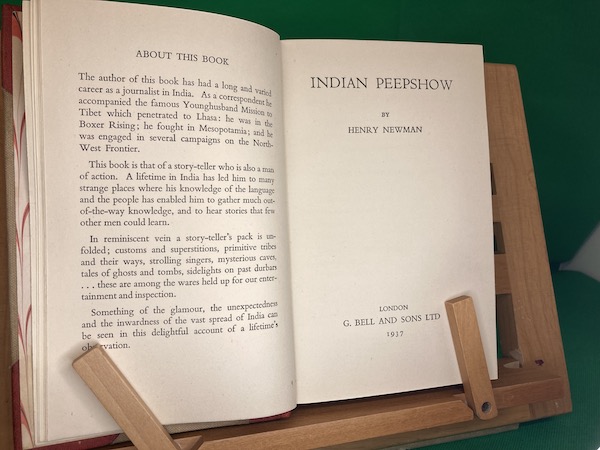Anatomy of a Mania
“I never erase the writings of previous owners of my second-hand books: some of them are fascinating. And I always Google the names, to see if I have inherited a book from someone famous or interesting. Who was ‘William Anthony Halstead’ and where was he and what was he doing on May 28, 1825, apart from signing my copy of Ancient India, by William Robertson?”—Michael House
Polemicist on History
By Michael House, FRGS
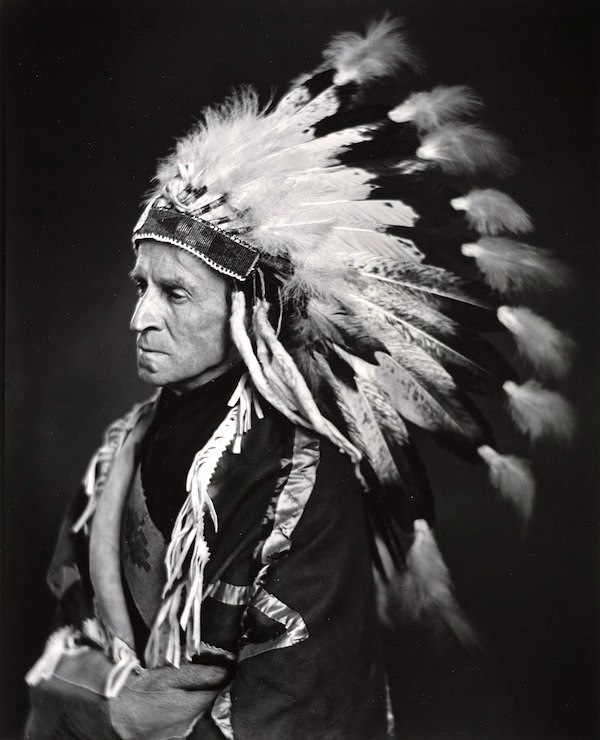
“When I get a little money, I buy books; if any is left, I buy food and clothes.”—Erasmus
LONDON England—(Weekly Hubris)—1 March 2022—I’m with Erasmus, although I don’t understand the part about “if any is left.” Over the course of a life misspent, I have accumulated around 10,000 books. I buy them from bookshops, auction houses, car boot sales, charity (thrift) shops, jumble sales, book fairs and eBay. The only source of books I shun is the loathsome, predatory, tax-dodging, worker-exploiting outfit called Amazon. And I have inadvertently secured many inscriptions. They range from the commonplace: “With love and best wishes from Dad 25 October 1954,” to the poignant: “F. J. A. Cowell 18th Lancers May 1914” (did he survive the Great War?), to the exotic: “W. H. Fleming Shanghai 10/3/05”; to the grateful author: “To Penny Thank You For Your Support Kesang Tashi 9/21/2000.”
I never erase the writings of previous owners of my second-hand books: some of them are fascinating. And I always Google the names, to see if I have inherited a book from someone famous or interesting. Who was “William Anthony Halstead” and where was he and what was he doing on May 28, 1825, apart from signing my copy of Ancient India, by William Robertson?
It is always exciting to find an important inscription that the bookseller has overlooked. For a few pounds, in the pretty market town of Brackley, I bought a memoir of twin brothers, killed in the Great War, written by the celebrated author of adventure stories, politician and Governor-General of Canada, John Buchan. It was a third edition, published in 1920. The boards were badly damp-stained, hence the low price.
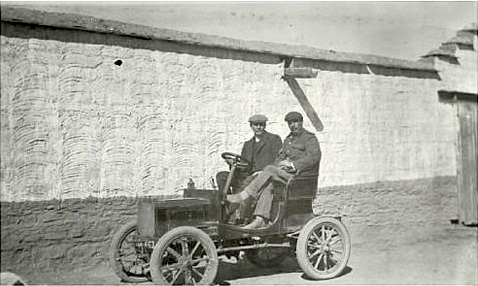
Opening the book, I found this on the flyleaf: “W. F. O’Connor from John Buchan June 1924.” Colonel Sir Frederick O’Connor, then a Captain fluent in the Tibetan language was secretary and interpreter to the Younghusband Mission, which invaded Tibet in 1903-04. He then became the first Anglo-Indian Trade Agent in Tibet, and, subsequently, a diplomatic envoy in Persia and Nepal. In 1907, he introduced the first-ever car into Tibet, a Peugeot called Freddie. On reading his memoir Things Mortal, I discovered his close friendship with Buchan, and a reference to the very copy of the book that was now mine. Deeply satisfying for a biblioholic.
On 25 September 1903, M. C. Speakman of Stoodburg, New Jersey, appended his/her name to the endpaper of a copy of Winter India, by Eliza Ruhamah Scidmore. Scidmore was a much-traveled woman, having already penned volumes on Japan, Java and China. The author has a chatty, fluent style, written from the point of view of the tourist, but her empathy with the natives was non-existent:
“All these diverse races and peoples are picturesque to look upon, with their graceful draperies of brilliant colors and the myriad forms of turbans; but they are not an attractive, a winning, and sympathetic, or a lovable people. They are as antipathetic and devoid of charm as the Chinese, as callous, as deficient in sympathy and the sense of pity as those next neighbors of theirs in Asia, and as impossible for the Occidental to fathom or comprehend,—an irresistible, inexplicable, unintelligible repulsion controlling one.”
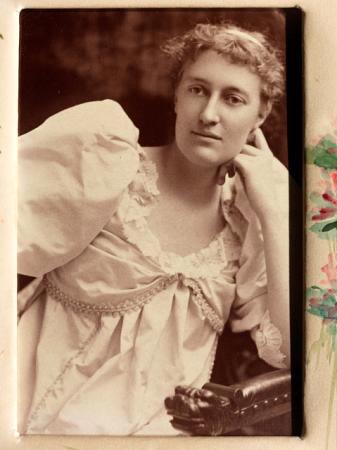
The mysterious Speakman appears to have evaded the attention of Google. I wondered why American authors of the early 20th century always seemed to have three names. The great P.G. Wodehouse wrote that he had little success in the States as “P.G.,” but when he sent editors his work under his full name—Pelham Grenville Wodehouse—he immediately clicked.
Another example: Honoria Lawrence was the widow of Sir Henry Lawrence, who died defending the Residency at Lucknow in northern India during the First Sepoy Uprising (aka The Indian Mutiny) of 1857. Henry’s brother John later became Viceroy of India. In 1934, Honoria’s great-niece, the novelist Maud Diver, began a biography, which was published in 1936, as Honoria Lawrence. A Fragment of Indian History. A Mrs. Butler bought a copy and inscribed it thus: “Violet from her loving mother H. Butler (sic) in memory of her godmother and my dear friend.”
Who was the godmother? Honoria died in 1854, so it cannot have been she. The mother referring to herself by name to her daughter as “H. Butler” suggests mid-Victorian uptightness, so Mrs. Butler may have been quite old. The godmother cannot have been Maud Diver, since she died in 1945. So, I was reluctantly driven to the conclusion that the inscription had nothing to do with the author or her subject. Disappointing. Sometimes research bears fruit, sometimes it doesn’t.
Sometimes compared as a writer of exotic page-turners with Sir Henry Rider Haggard, author of King Solomon’s Mines, Brigadier-General M. L. A. Gompertz was a career soldier in the Indian army in the 1920s and 30s, serving on the turbulent North-West Frontier with Afghanistan. He fought the Germans in East Africa during the Great War and wrote up his experiences for Blackwoods Magazine. Deployed back to Northern India after 1919, he spent his service repelling Afghan tribesmen’s raid on the border settlements.
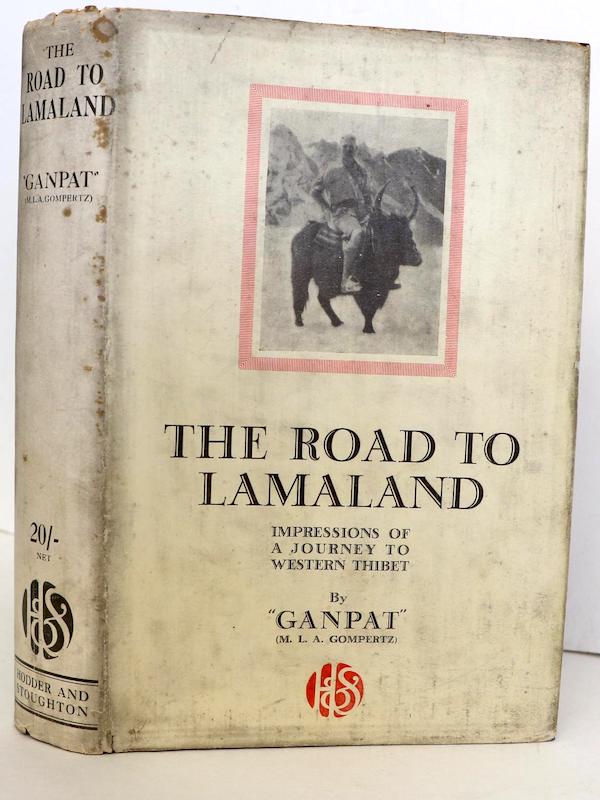
Gompertz lived a double life. As well as being a career soldier, he also wrote “lost race” thrillers set in the Himalayas and deepest Central Asia, together with science fiction, under the pseudonym “Ganpat,” which he reports was the nearest his Indian troops could get to pronouncing the name “Gompertz,” and, conveniently, one of the names of the Hindu elephant god.
He wrote 23 novels and two travel books on his journeys in the Tibetan enclave of Ladakh, eastern Kashmir. Magic Ladakh and The Road to Lamaland contain charming descriptions of a breathtakingly beautiful district of glaciers and monasteries hanging off the sides of mountain ridges, which I have twice had the good fortune to visit. The frontispiece of Magic Ladakh shows the author astride a yak. (Unlike Mrs. Skidmore, he loved the people.)
Ganpat’s first novel Harilek (1923) describes the discovery of a lost race, presumably descendants of Alexander the Great’s Greek army, living on an inaccessible plateau in the wastes of Central Asia. In 1929, he published The Speakers in Silence, described on the jacket as “A thriller with a ‘wireless’ plot that rushes breezily, breathlessly, from Sussex to Tibet.” I have all his books but, until last year, I had nothing signed by him. Then I located a jacketed copy of The Speakers, in which the author had written “F. W. Dunne from the author M.L.A. Gompertz.” I have been unable to trace the aforementioned Dunne.
The foregoing paragraph will have baffled most of you. What’s the big deal? I can only say that you either have the collecting bug or you haven’t. My case is incurable. It is just a great thrill to hold in my hands a book by an author I admire or who writes on a pet subject and know that s/he has also held the book and written in it.
I now introduce you to Brevet- (temporary) Major W.J. Ottley, an officer in the 34th Sikh Pioneers Regiment in the Indian Army. When Lord Curzon, Viceroy of India, sent a “mission” into Tibet in 1903 to root out Russian infiltration (which didn’t exist—cf weapons of mass destruction in Iraq, 2003), the military escort, under the command of Brigadier-General Macdonald, included the 34th. The mission eventually reached Lhasa, after the slaughter of many Tibetans, and proceeded to loot the city. The leader of the mission, Lt. Colonel Francis Younghusband, negotiated a treaty in which the Tibetans had to pay an indemnity to the government of India for having put India to the trouble of invading!
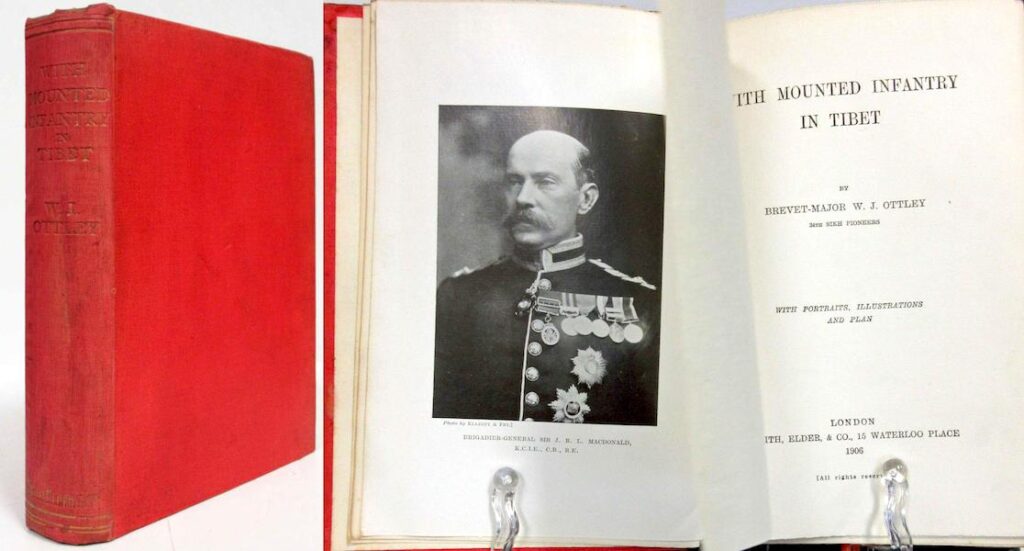
Major Ottley’s friends urged him to write up his account of the mission from the viewpoint of an ordinary middle-ranking officer, which he did. With Mounted Infantry in Tibet was published in 1906. The covers are pillar-box red, with a gilt image of a mounted soldier wearing a Russian-style furry hat on the front board. I saw a copy at a book fair in London. It was a scruffy-looking object, and the dealer had written on the flyleaf that it was “bashed.” But it had a particular attraction for me. Major Ottley had written an inscription on the endpaper, as follows: “To General Sir J. R. S. Macdonald K. C.I.E. (Knight-Commander of the Order of the Indian Empire) C.B. (Commander of the Order of the Bath) R.E. (Royal Engineers) With the author’s compliments. Mian Mir (district of Lahore, Pakistan) 9th April 1906.” I snapped it up as an important “association copy,” as we book-hounds call it, and had it rebound with the original spine and front panel laid on.
Disappointingly, there is no sign that the general actually read it. If he had his own bookplate, he didn’t insert it. When people read a book on a subject personal to themselves, there are often marginalia, penciled comments, exclamation marks, ticks, or crosses. But reading the book from cover to cover, there was nothing. The book had clearly been read many times, though Macdonald may have taken it straight to a second-hand bookseller. But it now has a proud place on my bookshelf.
Here is my absolute favorite. It was written on the flyleaf of a book called Indian Peepshow, by Henry Newman, published in 1937. (The mildly salacious title is misleading—it was simply a publisher’s hook.) Newman was a veteran journalist who had been a press correspondent with the Younghusband Mission. The inscription reads: “To Dearest Margerita/In token of an Air Raid always to be remembered and to the “Fates” introducing the 1st September, when so little and yet so very much happened. From Edward C. London 1940.”
